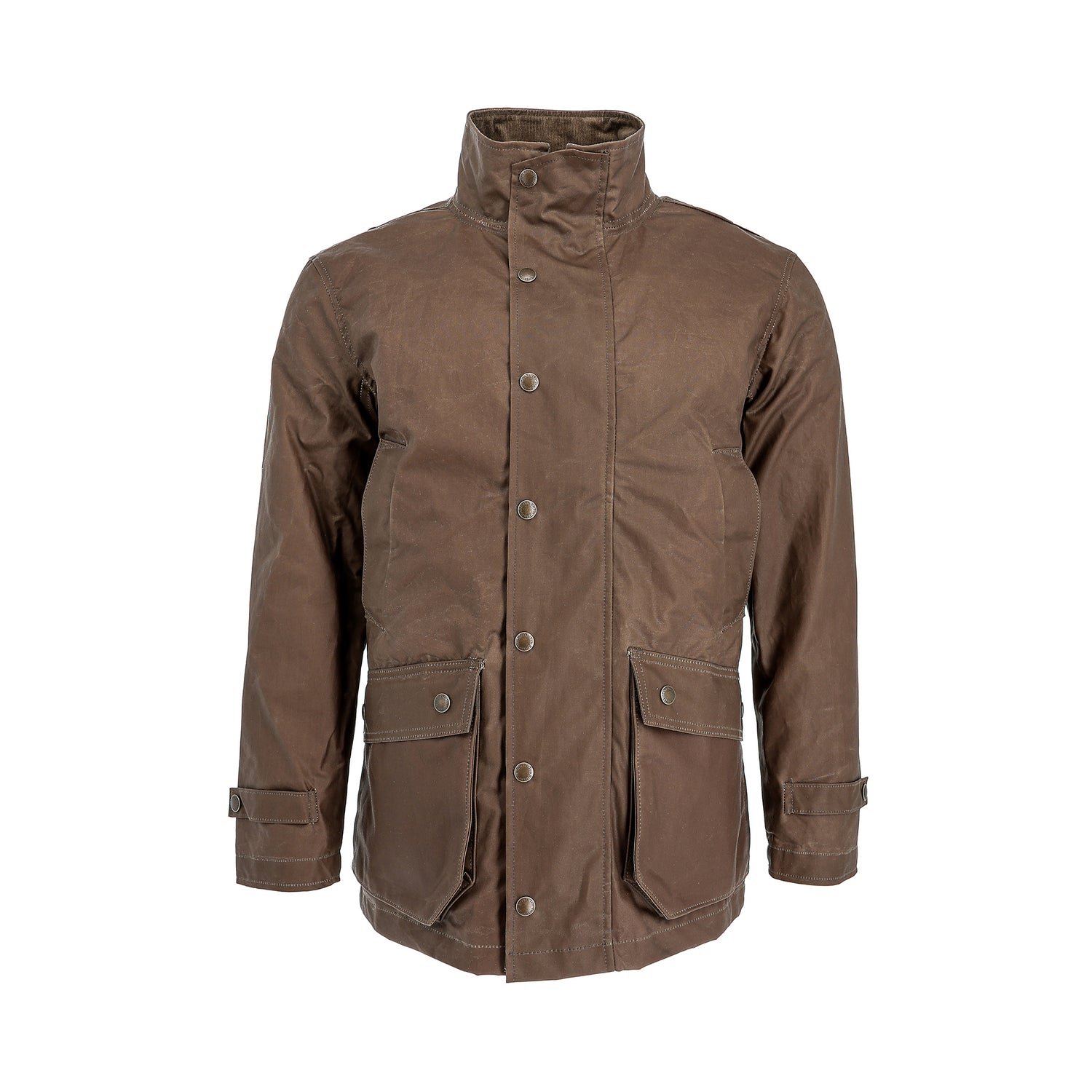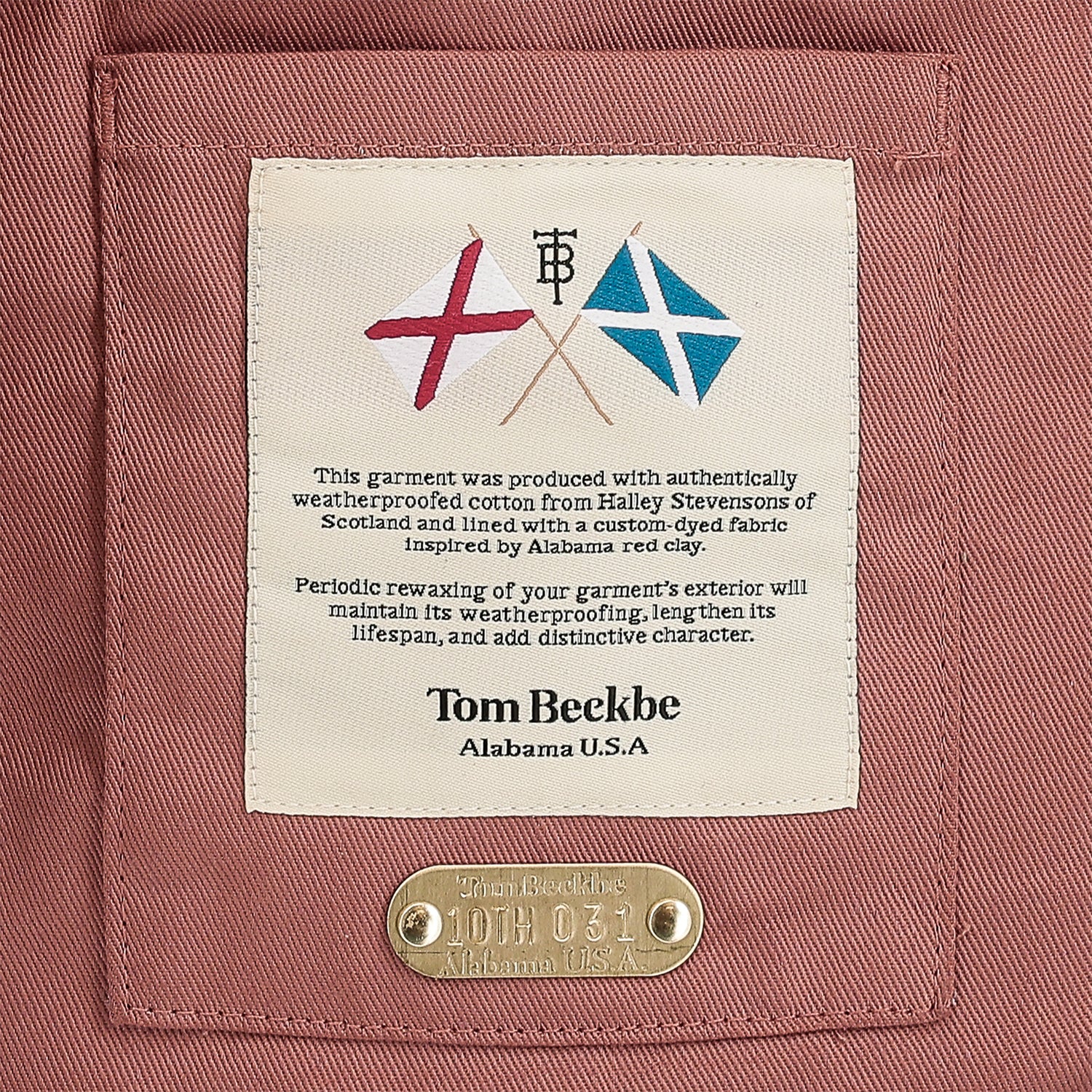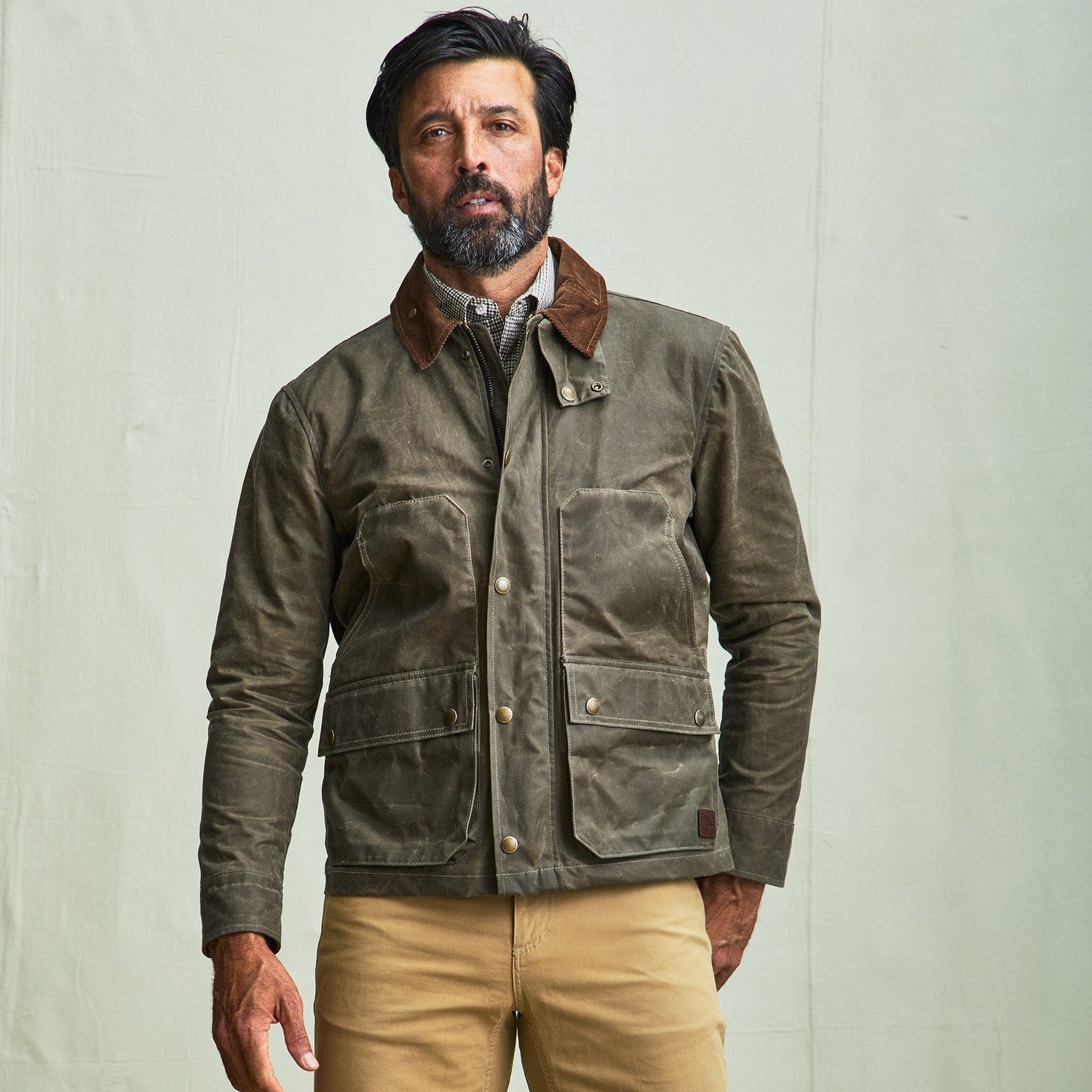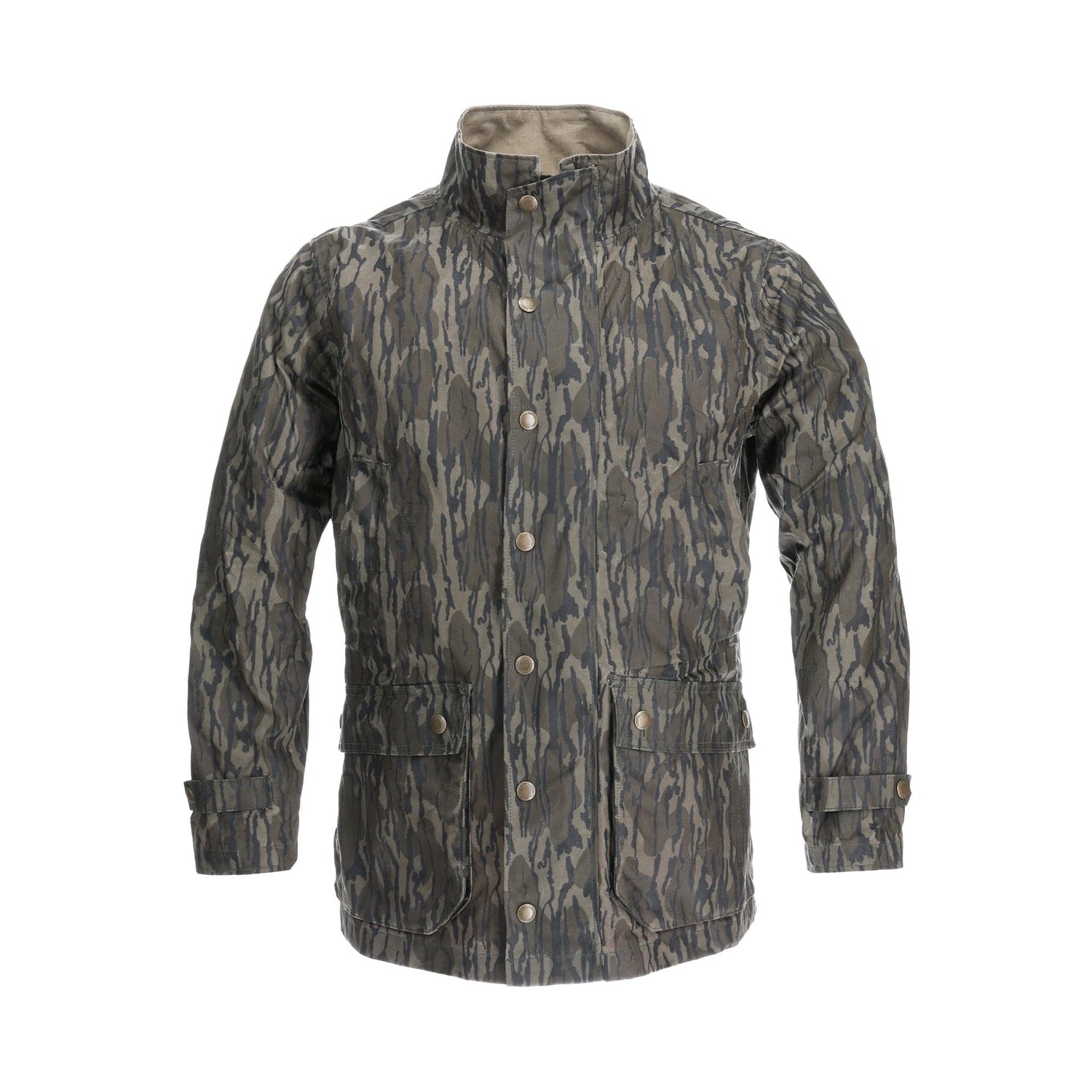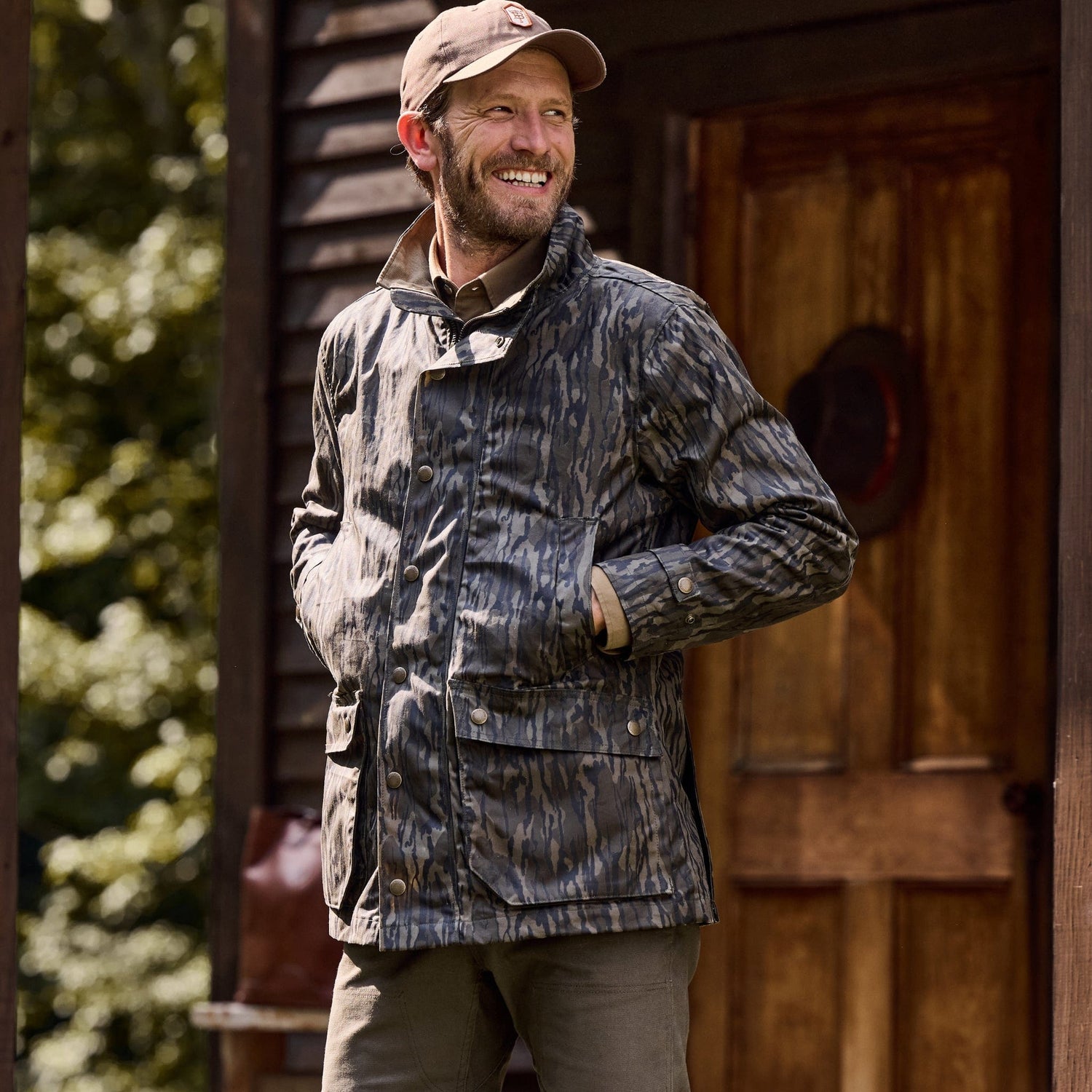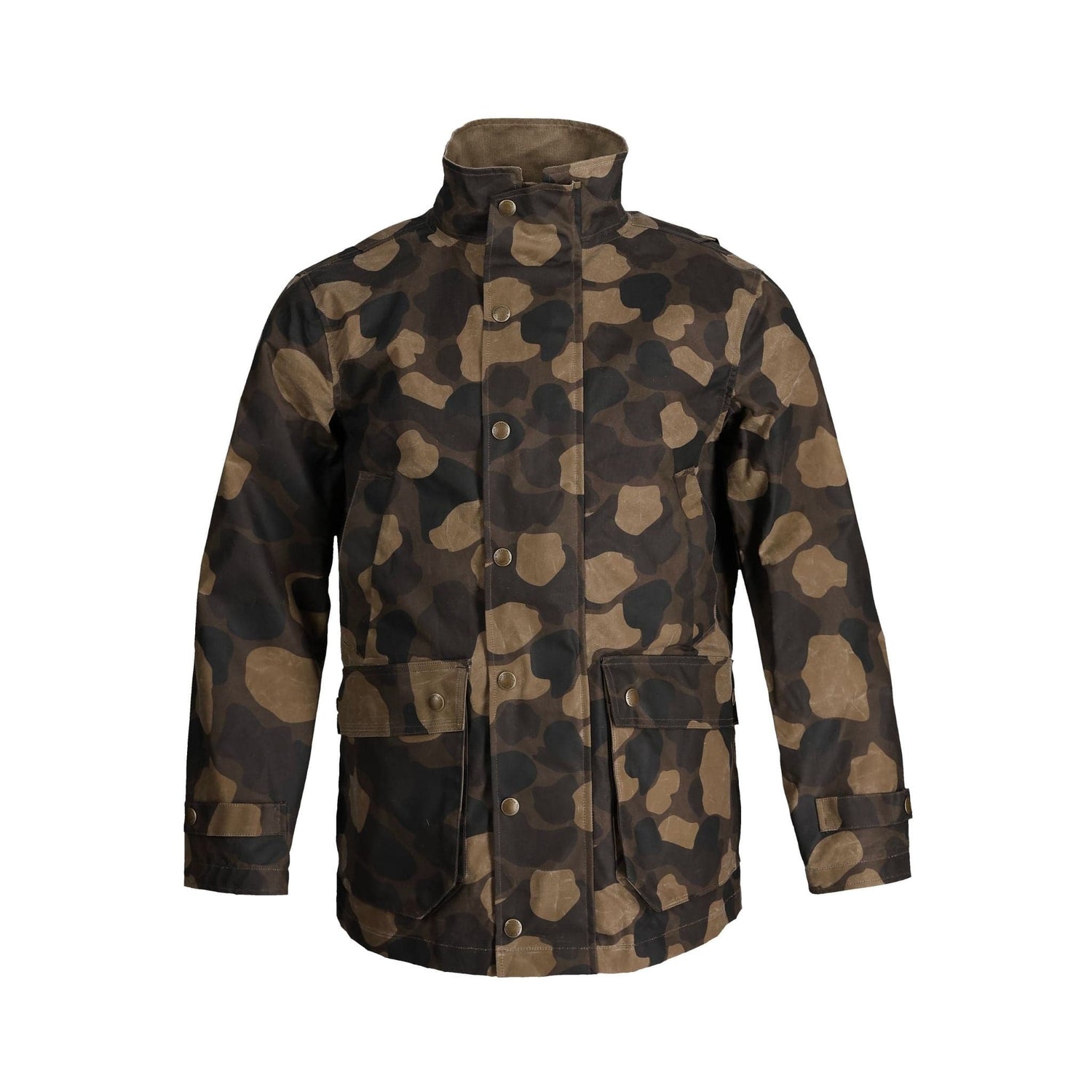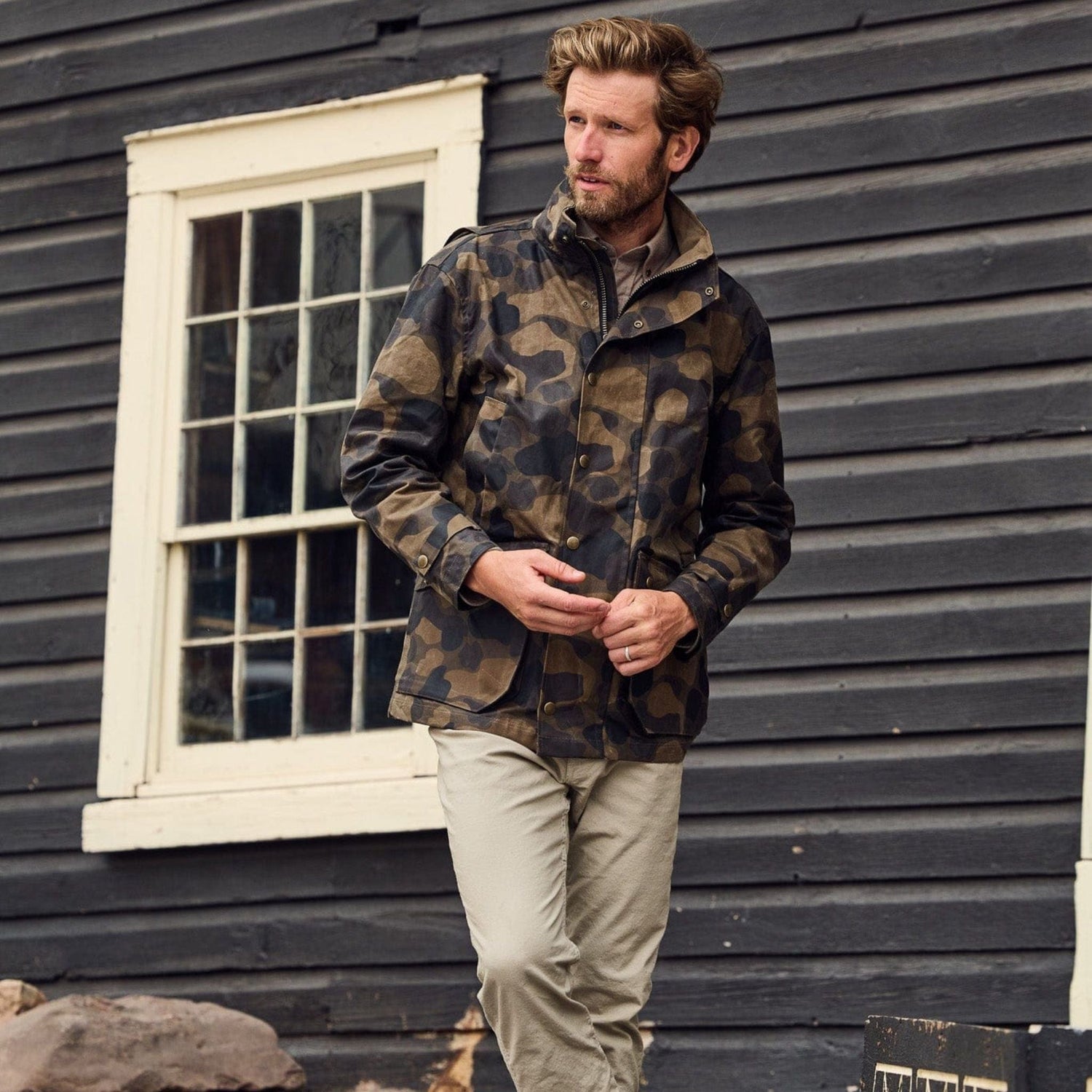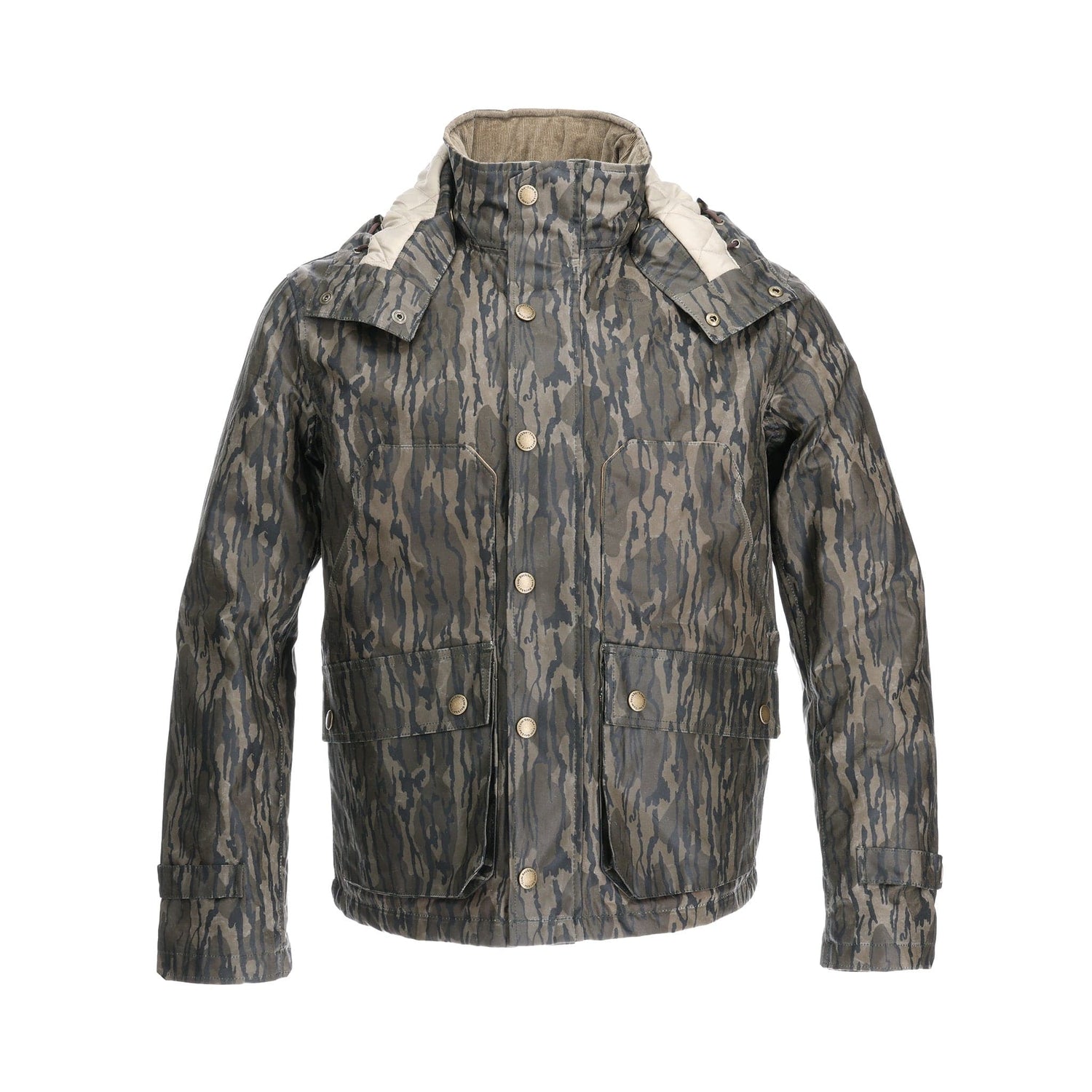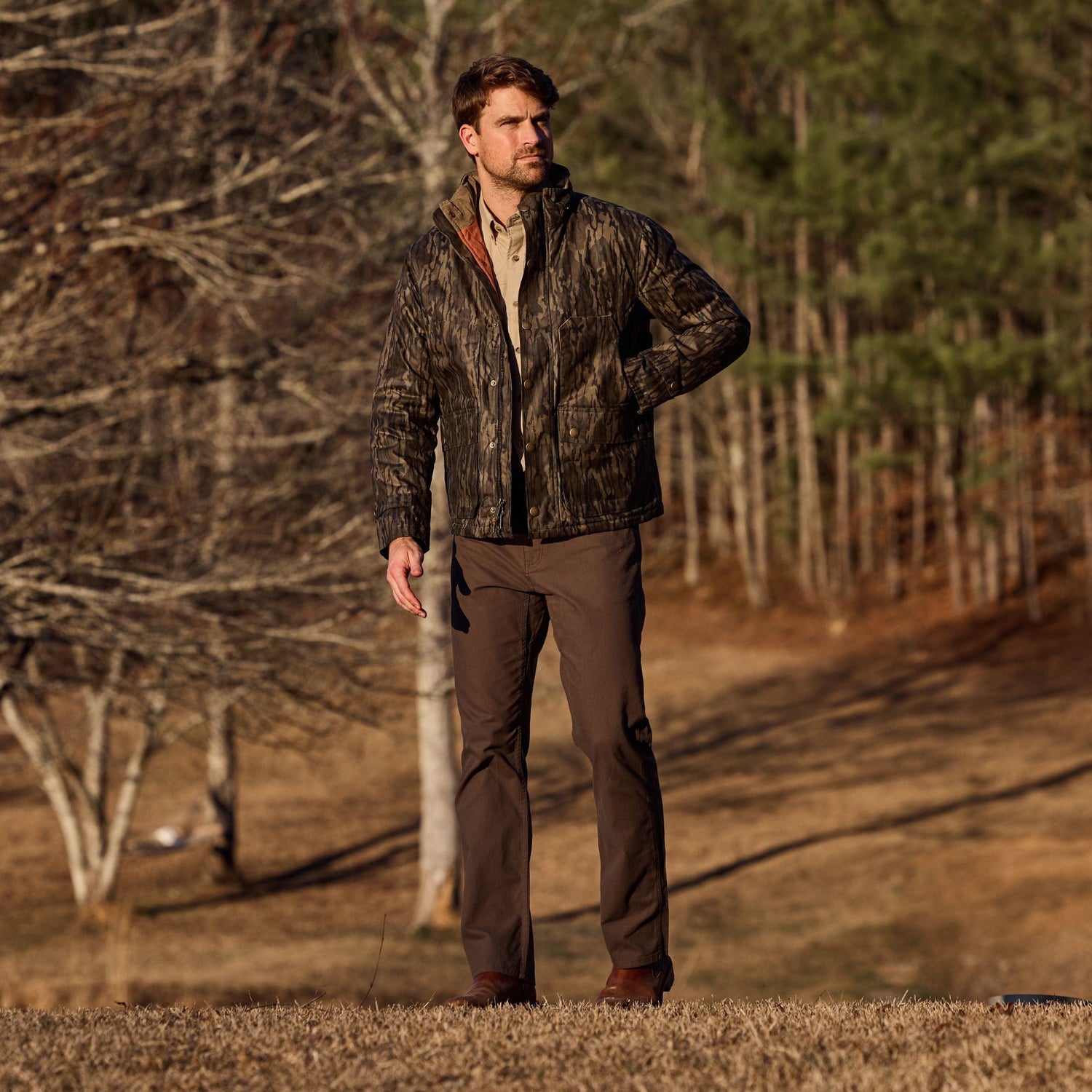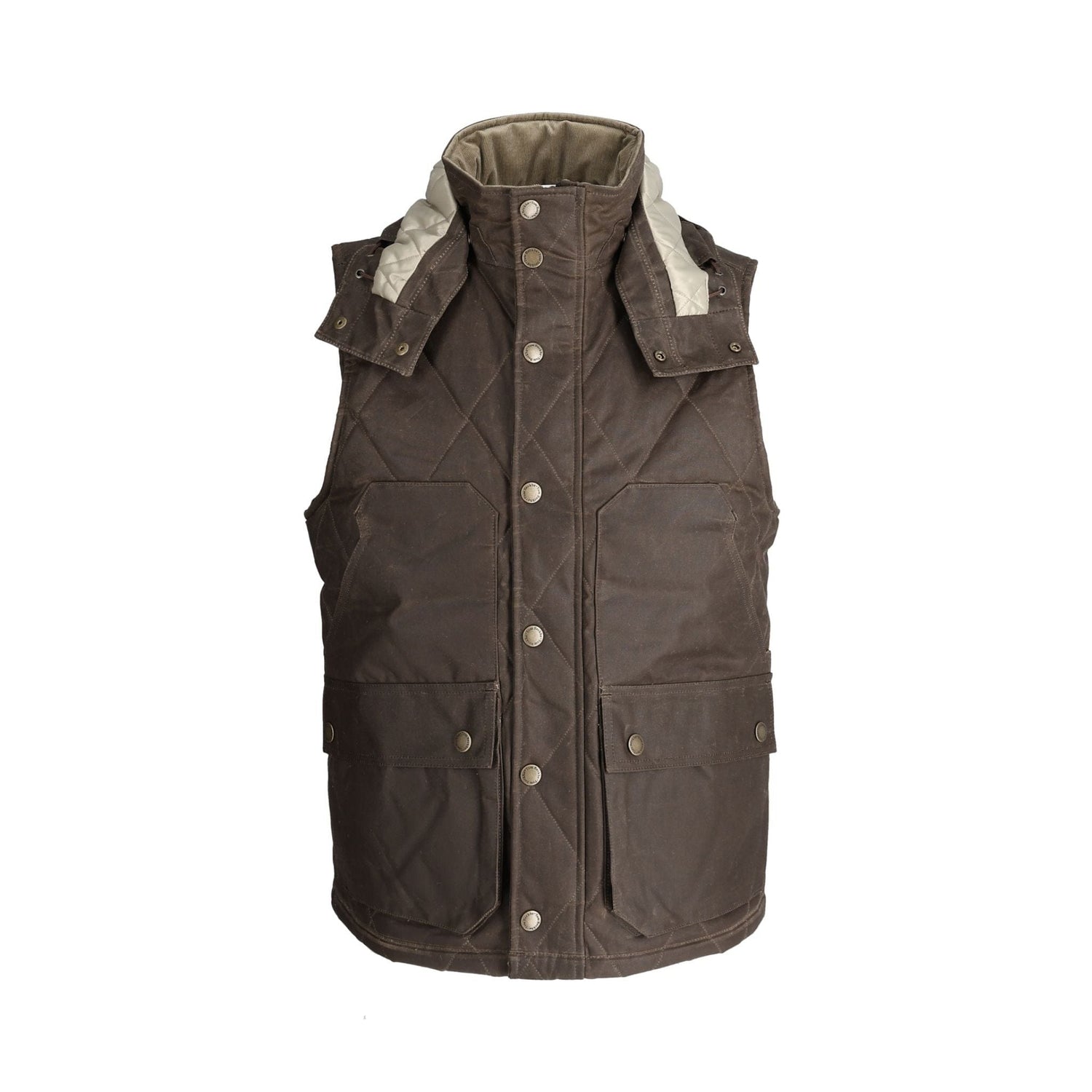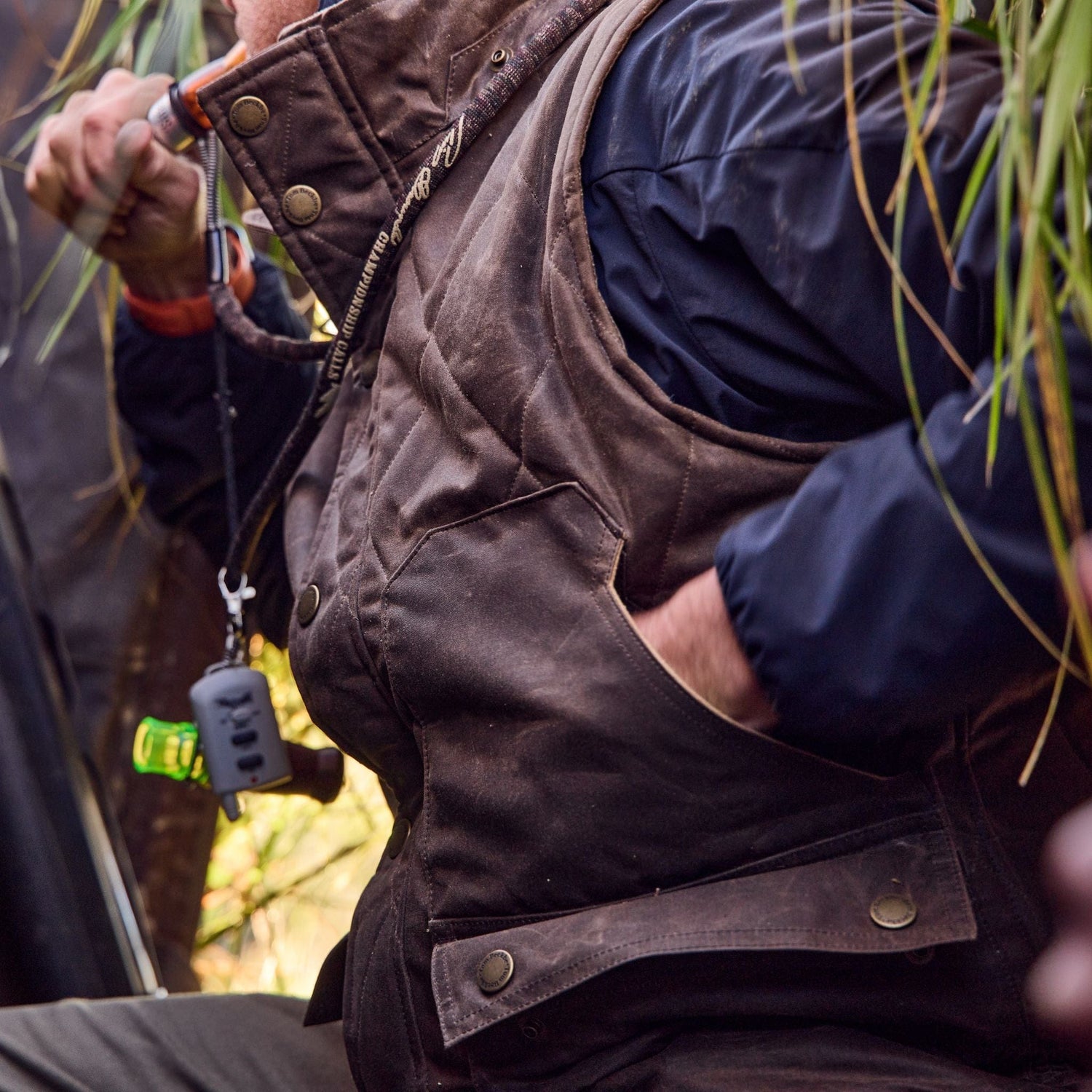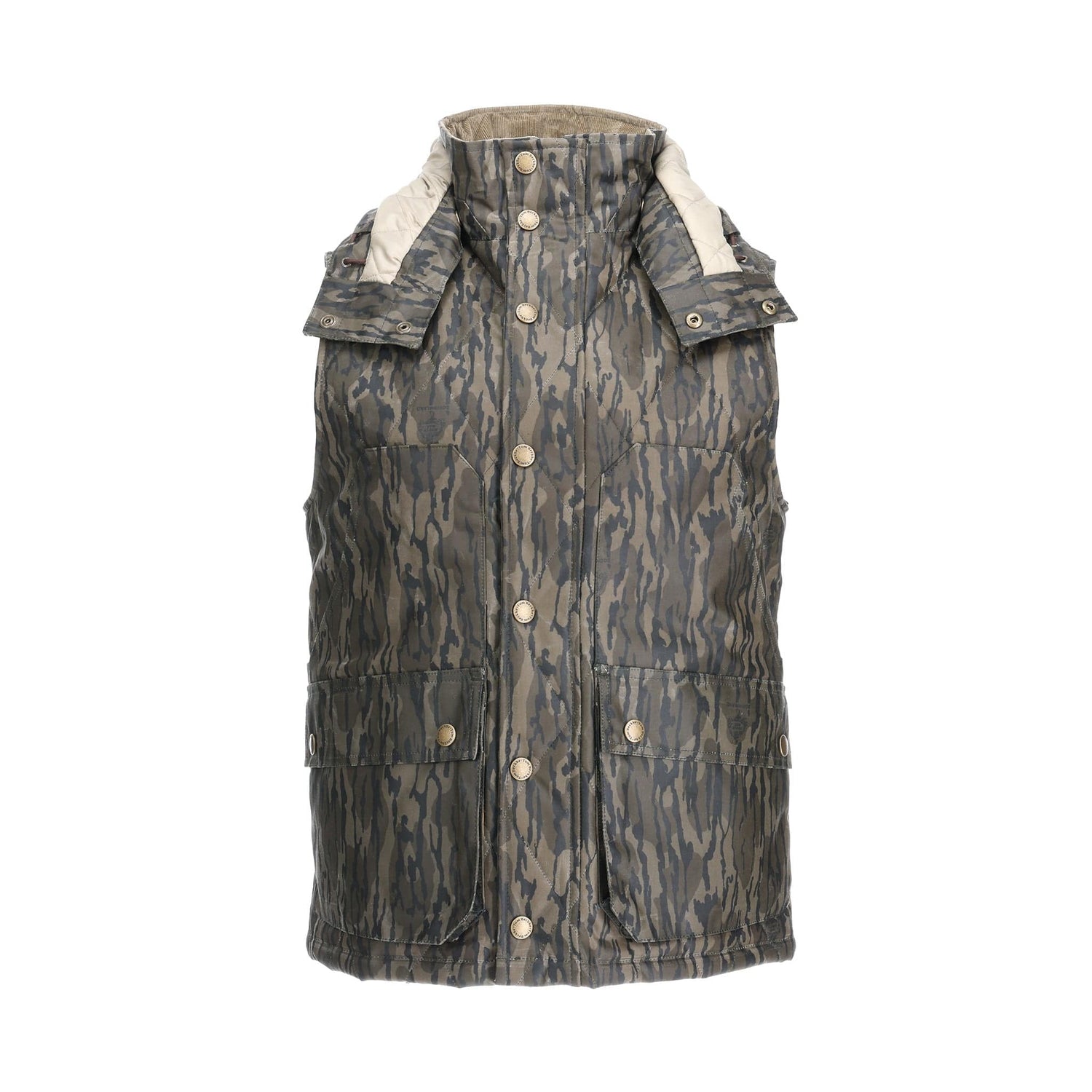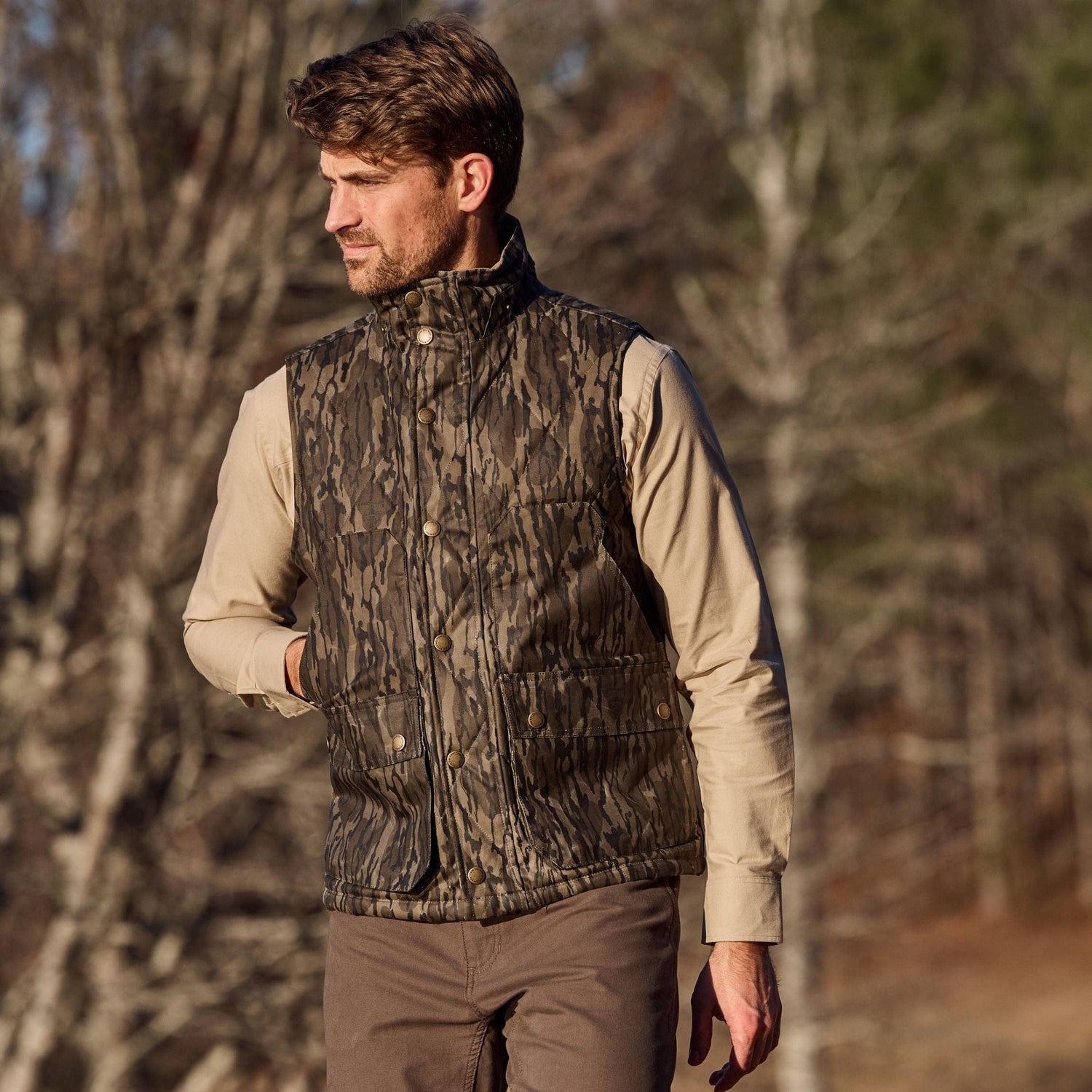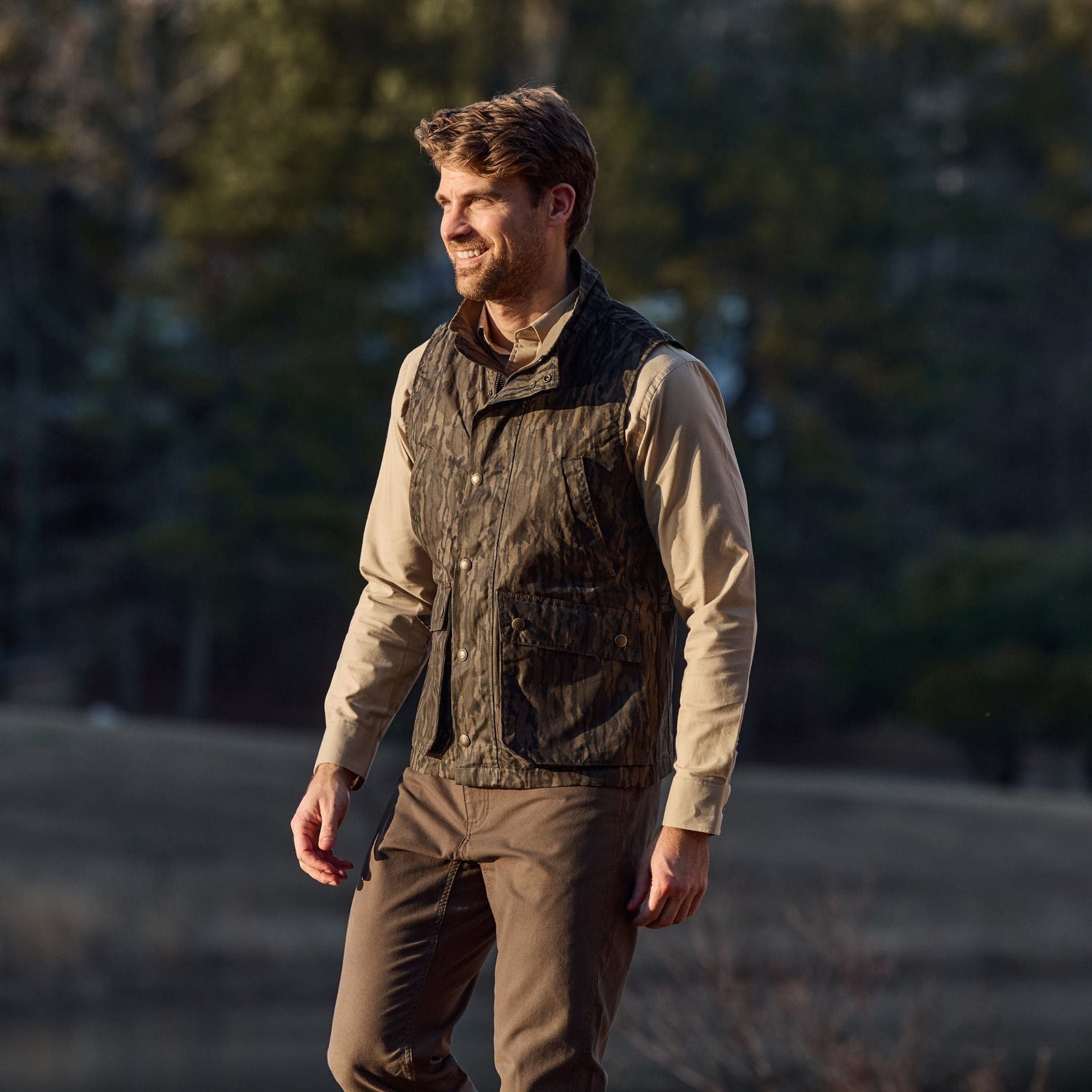With spring behind us, what is there for a turkey hunter to do aside from reflecting and pondering turkeys and landscapes? I often find myself trying to figure out what it is about the pursuit of this bird that drives so many of us, from all walks of life, into the woods. Sometimes all it takes to trigger these thoughts is a place or a photograph. Perhaps even a photograph of someone most folks wouldn’t necessarily pair with turkey hunting or the outdoors.
Through my job as an agricultural scientist working on pecans, I am fortunate to have access to a number of the old-money hunting plantations scattered throughout the Southwest Georgia Coastal Plain. Most of these large parcels of land are still working farms, many growing pecans, thus the reason for my presence from time to time. These places are some of the true treasures of south Georgia because they preserve what once was. Most of them still have large tracts of longleaf pine old enough to perpetuate the native ecosystem of the area. It is a unique landscape housing an incredible diversity of wildlife.
But, make no mistake. The bobwhite quail is the reason such land matters Between 1880 and 1920 Northern industrial magnates with ties to oil, steel, shipping, banking, railroads, and other 19th-century enterprises acquired thousands of acres of red hills land between Thomasville, GA, and Tallahassee, FL, establishing large individual holdings. The soils of that swath of land were the most fertile in the region, contrasting sharply with the lighter, sandy, low organic matter soils composing much of the longleaf pine/wiregrass country.
The emergence of Thomasville as a healthy winter resort attracted these wealthy northerners, who soon became aware of the area’s possibilities for hunting. At the time, the soils were depleted and agricultural prices were depressed, making large acreages available for purchase at low prices. The timing happened to coincide perfectly with the development of the modern shotgun between the 1870s and 1880s when breech-loading, self-ejecting, choke-bored guns using smokeless powder replaced muzzle-loading guns. The patch agriculture of the time, with its abundant border cover and frequent burning made it a paradise for bobwhite quail.
By the 1920s most of the desirable land in the Thomasville/Tallahassee region had been acquired by the early arrivals. Newcomers had to search further afield and found similar land in the red-lime region near Albany, Georgia. However, a host of family and business connections tied these people together in work and play as they invited each other, as well as notable and influential guests, to gather for magnificent times afield on perfect south Georgia fall and winter days.
Today, if you browse the walls in the big houses of these properties, you will note one familiar face keeps popping up, bearing the toothy smile and domed forehead of World War II Commander of Allied Forces and President of the United States, Dwight D. Eisenhower. The old soldier developed relationships with many of the families whose industries played significant roles in the war effort.
Eisenhower developed a love for the outdoors in his Kansas youth, fishing and hunting along Mud Creek near his home in Abilene. These were pursuits he enjoyed throughout his life and I imagine, the outdoors became one of the few places a man bearing such responsibility could go to find salve for his soul. As President, Eisenhower once quipped, "Give me a chance to go hunting, and I'm not going to fool around."
Many photos of Eisenhower on the south Georgia quail lands show him with a classic over/under propped on his shoulder or with the breech broken open in the crook of his arm as a brace of setters and pointers stand ready. But, in the photo I have seen most often, the President stands grinning under the longleaf pines in front of the cottage belonging to then-Coca-Cola Chairman, Robert W. Woodruff; a 12 gauge side by side in his right hand and a turkey in his left.
The photo led me to wonder who called the old General’s turkeys and what type of call they used. As anyone who has spent any time in pursuit of them can tell you, calling turkeys ina convincing manner takes practice. Whether using slate, glass, box, diaphragm, or wing bone, it's not something one just walks out into the woods and starts doing with success on the first try.
Wing bone calls have been used by Native Americans since around 6500 B.C. They’re of relatively simple construction and to my mind, the fact that a turkey’s own skeletal structure can be manipulated to serve as a tool of deception in pursuit of the bird, offers a strangely serendipitous bit of romanticism to add to the historical craftsmanship involved. The first wooden box call was patented in 1897 and popularized via mass production in 1939. The first version of a slate call was patented around 1912 and used a corn cob attached to a peg as the striker. A black cherry or jasmine folded over the fingers and blown across can make a suitable turkey call when used by the right person. It's hard for me to believe the idea for the diaphragm call came about any other way. There is some dispute over who developed the first diaphragm call, but it was patented in the early 1920s and after being profiled in a 1953 hunting magazine, its popularity sky-rocketed.
Any of these calls would have been available to Eisenhower. But, did he use them himself? Which did he prefer? While planning the Normandy invasion, did he walk the halls of Allied Command at Norfolk House on St. James Square in Central London, or later, the Pentagon, or the White House, box call in hand, putting, yelping, and purring in practice? Did he sit behind the Resolute Desk scratching slate or with lips pressed to a wing bone? Or did the callused hands of some unknown south Georgia backwoodsman, living so close to the land that he was a part of it call the President’s turkeys? I suppose in the end it doesn’t matter.
What matters is what Eisenhower, you, and I, have been able to find out there where only the sound of leaves and birds can be heard. I can’t imagine the burdens carried by a man like Dwight D. Eisenhower. But, I can imagine the peace that being among wild things brought him. The glowing green leaves of spring, the shifting play of shadows, and the light of God shining through the deep quiet are enough to calm the torment of any man. Even the hush broken by the all-encompassing echo of a turkey’s gobble is a part of the peace itself. As the sound grows closer, senses are heightened. Eyes search for movement among the timber and one becomes lost, just for a short time, in that moment.
That priceless moment we all, regardless of our station or responsibilities in life, are seeking.
About the Author
Lenny Wells is a Professor of Horticulture and Extension Pecan Specialist at the University of Georgia Tifton Campus in Tifton, GA. He writes and farms pecans on a little over 100 acres of family farm.



